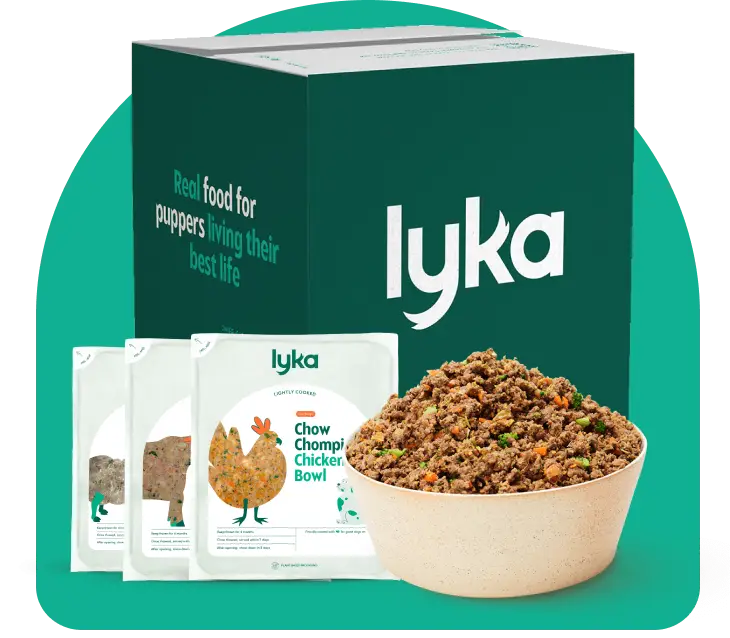Why organs should be part of your dog's diet

By Anna Podolsky

Right now, you’re probably thinking– organs, really? The thought of eating organ meats makes many people squeamish and, let’s face it, is unappealing at best. Although organs are a delicacy in some cultures, most Aussies are accustomed to eating muscle meat cuts: our supermarkets typically offer rump steak and not beef brain.
The reality is that most organs are actually more nutrient dense than muscle meat and therefore are extremely beneficial for your dog. Think of organs as “super-meats”: they pack in higher levels of micronutrients than muscle meat, for the equivalent number of calories. Your dog’s ancestors used to eat its prey in its entirety and reap the benefits of the organ meat too.

Some of the super-star organs, that should be a part of your dog’s diet are heart, kidney and liver.
Heart: Out of all the organs, the heart has the most similar properties to a muscle meat. Depending on the animal, it actually has more protein than muscle meat, and on top of that is high in Iron and Vitamin Bs, especially B12. It is beneficial for their stamina and reducing fatigue, so it turns out eating heart, is good for your dog’s heart!
Kidney: Kidney is an organ is packed with protein and is low in fat. Kidney is high in vitamins Bs (6 and 12), riboflavin and iron. It will keep your dog red blood cells healthy by supporting oxygen transportation and promoting cell regeneration. It is also high in collagen, which is great for joint health.
Liver: Liver is one of the most concentrated nutrient sources you can find in animal meats. The liver is used by the body for detoxification and is central in the metabolic process. Because of its “filter” role, there are different opinions as to how much liver dogs can safely eat. The general consensus is that liver is beneficial for your dog, however, should never exceed 5% of their diet.
It’s not just which organs your dog should be eating, but also how much. To replicate the diet of your dog’s ancestors, the ratio of muscle meats – organ meats should be at most 70% muscle meats and 30% organs, something that we at Lyka adhere to.
What else should you consider in your dog’s meat consumption? Firstly, make sure you are feeding your dog fresh meats, and not highly processed meat meal. Secondly, opt for grass-fed meats and free-range chicken, that have higher omega 3s and promote reduced inflammation compared to grain-fed meats.







